More than any of his predecessors, Boris Johnson was a PM obsessed with big building projects, writes Ben Flatman

He was the Old Etonian who excelled at failing upwards. But now that the keys of Number 10 are finally being ripped from his hands, it seems appropriate to look back at his legacy to the built environment.
As a young boy Boris Johnson dreamed of one day becoming “world king”. It was perhaps these delusions of grandeur that instilled in him such a love of big projects.
He’s described being British Prime Minister as “the best job in the world,” but perhaps the French presidency would have suited him better. Like a pound shop Mitterrand, he seemed obsessed with leaving a built legacy – the bigger and more ambitious the better.
Johnson was sometimes frustrated in the implementation of his heroic plans. And yet, as with some of history’s most influential architects, this doesn’t mean his unbuilt legacy is insubstantial. As the US architectural critic Michael J. Crosbie has observed, “An unbuilt work of architecture is never ’diluted’, never value-engineered. It preserves a certain vigor by virtue of its incompletion.”
Built and unrealised, here are just some of Johnson’s contributions to the architectural history of this country.
Unbuilt: Boris Island
As mayor of London, Johnson was an enthusiastic backer of a new airport in the Thames estuary, an idea that has been suggested periodically since the 1940s. The underlying rationale is that Heathrow is an incredibly stupid place to have placed the nation’s main airport.
Although the Heathrow flight path sits directly above many of London and the south east’s most expensive residential areas, the constant din from low flying aircraft makes many of them frankly hellish places to spend a Sunday afternoon in the garden.
This therefore arguably ranks amongst Johnson’s less daft proposals. Alas, it was never to be, as his arch nemesis David Cameron scotched the idea in 2016 when he gave the go ahead to a third runway at Heathrow.
> Also read: Farrell says Boris failed on airport debate
Built: the new Routemaster
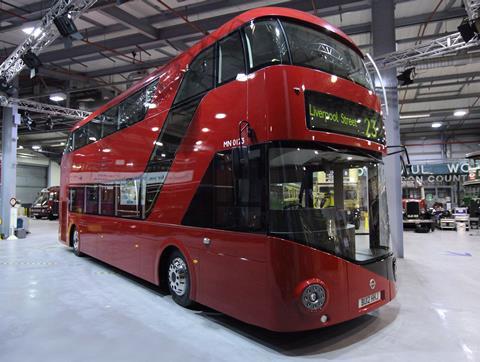
Not strictly built environment, but close enough to earn a mention, the new Routemaster was one of Johnson’s manifesto pledges during his run for mayor in 2008. Johnson had tapped into widespread public disdain toward Ken Livingston’s new fleet of “bendy busses”, which were notorious for blocking key central London thoroughfares and causing a spate of tragic traffic accidents.
A design competition in 2008 included entries from Future Systems and was won by Foster + Partners. However, Heatherwick Studios ended up as the lead designers and the new buses entered service in early 2012.
At Johnson’s insistence, they were intended to have a conductor and traditional hop on/hop off platform at the back. However, conductors had been phased out by 2016 due to their cost, and consequently the rear doors only open at bus stops, negating the perceived benefit of the rear platform.
The cost of the buses was reportedly significantly higher than conventional double decker designs and they have been criticised for poor ventilation and overheating on the top floor.
However, it would be churlish to pretend that Heatherwick’s design has been anything other than a positive addition to the capital’s streetscapes. Amidst a sea of bland buses, the new Routemaster stands out for its elegance and judicious updating of a much-loved London icon.
Unbuilt: the Garden Bridge

This wasn’t actually one of Boris’s own ideas, but it was a project with which he became inextricably linked during his time in City Hall. With its long list of high society backers, the Garden Bridge was like catnip for the former mayor, who couldn’t resist the intoxicating mix of wealthy donors and ready headlines.
However, this second collaboration with Heatherwick ran into strong headwinds from those who objected to the bridge’s location, funding model and access policy. Although initially pitched as a public space, it became increasingly clear that the bridge would be closed for private functions for much of the time. And many felt that it would block cherished views along the Thames.
Ultimately it became embroiled in a scandal about the amount of public funding it was receiving, with Johnson alleged to have essentially given it a blank cheque paid for from the Transport for London coffers.
I have always suspected that had it been built the garden bridge would have been swiftly embraced by Londoners and the naysayers forgotten. However, Boris’s talent for often not getting things done meant the bridge was destined never to be.
Built: the ArcelorMittal Orbit
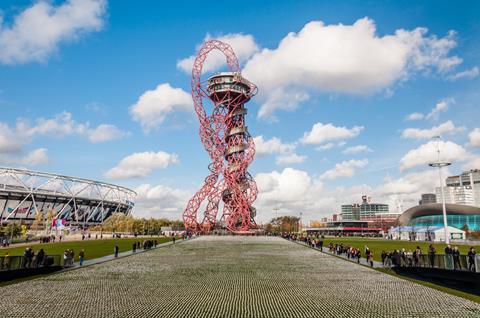
A typically Johnsonian flight of fancy, the ArcelorMittal was commissioned to give the 2012 Olympic site a visual focus and recognisable landmark. Designed by artist Anish Kapoor, with the engineering and technical support of Cecil Balmond of Arup Group, it supposedly draws inspiration from both the Eiffel Tower and Vladimir Tatlin’s unbuilt Monument to the Third International.
On the only occasion I’ve visited, it had a rather forlorn feel and visitor numbers are reportedly far below what was expected.
If I’m honest, I like the underlying idea, but have to admit the design is underwhelming. Should we blame Boris or simply recognise it as a well intentioned but ultimately disappointing failure?
Built: the London residential space standards
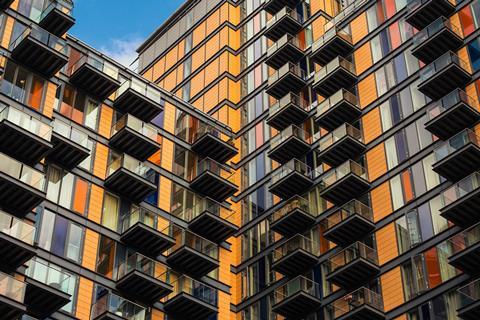
It’s easy to ridicule some of Johnson’s more outlandish ideas, but the reintroduction of minimum space standards for residential development in London during his time as mayor was met with widespread support. It marked a major change from the laissez-faire approach that had prevailed ever since the Thatcher government banned the construction of new council housing (and the Parker Morris Standards) in 1980.
Their perceived inflexibility has met criticism in some quarters, with some architects arguing that ultra small residential units are actually an essential part of addressing the housing crisis.
Perhaps one of the biggest impacts in terms of what we see from the street has been the proliferation of large balconies.
Built: the ruination of the London skyline
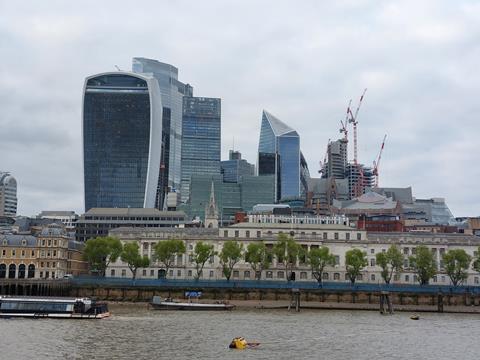
Although Ken Livingstone deserves plenty of credit for this one, Johnson was a key player in ushering in London’s current high-rise frenzy. Elected to City Hall on a promise that he would prevent London becoming “Dubai on Thames”, he then proceeded to do the exact opposite.
During his time as mayor hundreds of approvals were granted for high rises across London, with apparently no clear strategy for their location and little regard for their impact on what for centuries had been a typically mid-rise European city.
The horse has now well and truly bolted, but future generations will surely look back and wonder what madness caused Londoners to suddenly vandalise their skyline in the early part of the 21st century.
Built: Nine Elms
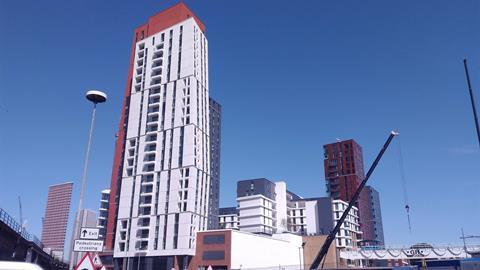
Another one that was built, but which we can all agree on wishing hadn’t been. Nine Elms is a ghetto of buy to let investor rabbit hutches, where commitments to affordable housing and basic concepts of good urban design have been largely abandoned.
High rise buildings in various contorted forms have been scattered in a seemingly random arrangement in what feels like an attack on the very character of London. It perfectly epitomises Johnson’s boosterish and values-free ideology.
The overriding naffness of the area is epitomised by the see-through swimming pool that bridges two buildings at Embassy Gardens. If anything symbolised that Dubai on Thames had finally arrived, this was it. Although this is perhaps unfair to Dubai.
Unbuilt: the Irish Sea Bridge
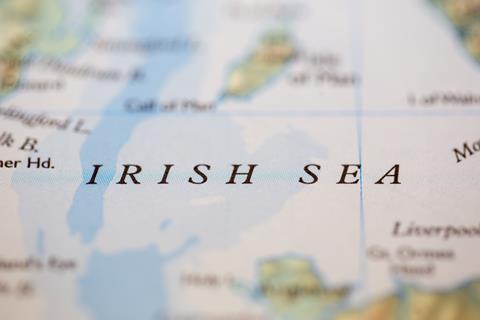
Having ”got Brexit done” and erected a border in the middle of the North Sea, Johnson was soon facing the intractable problem of the Northern Ireland Protocol and associated barriers to trade between the six counties and mainland UK. His proposed solution was to get building.
Unlike Boris Island, this megaproject never had much mainstream support or basis in engineering reality. But perhaps that’s why Johnson loved it so much.
Proposed designs included a bridge across Beaufort’s Dyke, an area of the Irish Sea used as a dumping ground for surplus World War One munitions and therefore a literal minefield.
Other options included a tunnel, but without Johnson’s unerring enthusiasm for big infrastructure, this one seems destined to remain on the drawing board indefinitely.
Built: the Downing Street flat refurbishment

Johnsons’ infamous refurbishment of the prime ministerial flat was just one scandal amongst many that engulfed his premiership. Out went Theresa May’s John Lewis furniture and in came interior designer Lulu Lytle, renowned for her love of faux-aristocratic prints and textiles.
Gold-coloured wallpaper helped drive the project costs up to at least £200,000. Never happier than when spending other people’s money, it seemed only natural to Johnson that a Conservative Party donor should cover the cost of his and Carrie’s redecorating.
Johnson was reportedly left aghast by his then-fiancé’s lavish spending and the press had a field day. Lytle doubtless wishes she had never crossed the Downing Street threshold.
Unbuilt: the Chequers tree house
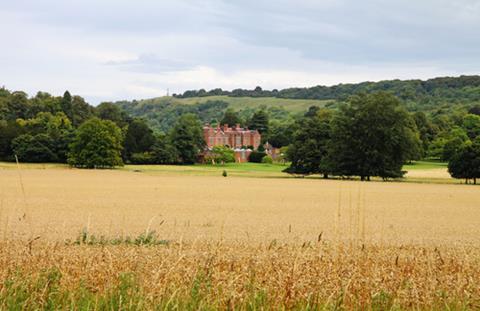
Frustrated that many of his Grand Projets had failed to materialise, Johnson belatedly scaled back his ambitions with this proposed tree house at Chequers.
Reported to have had a budget of £150k, and replete with bullet prove windows, it was scuppered due to wider security concerns.









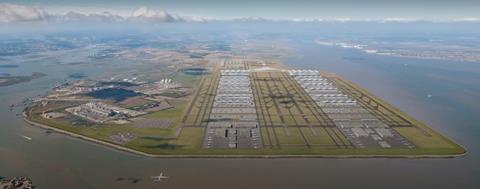







3 Readers' comments